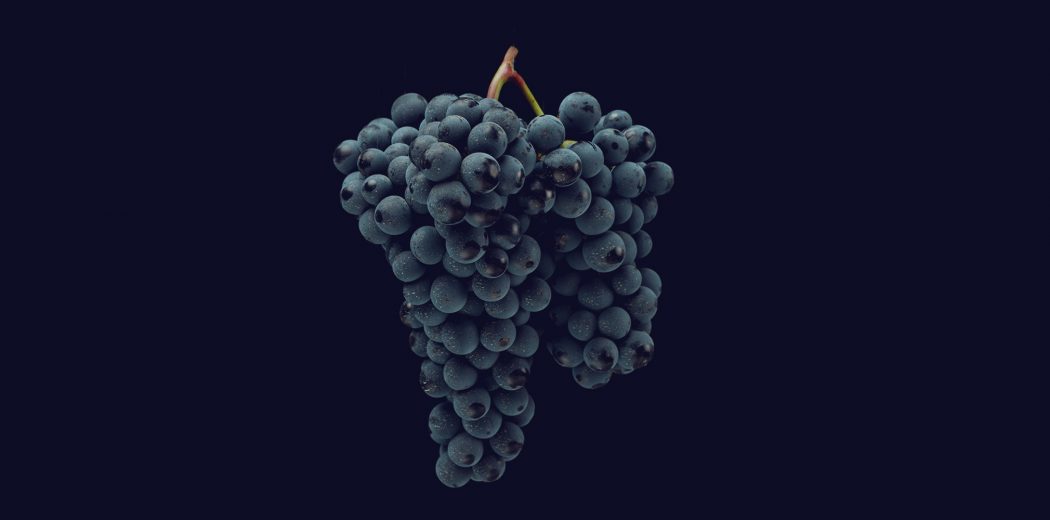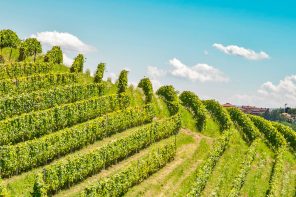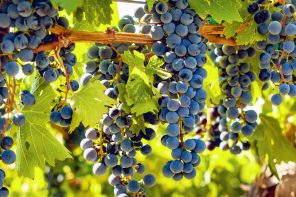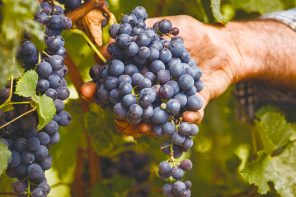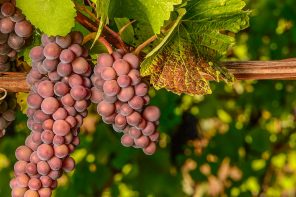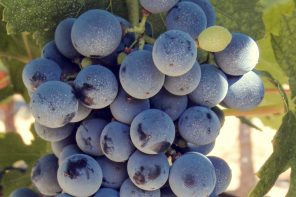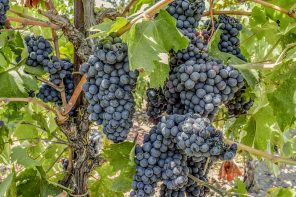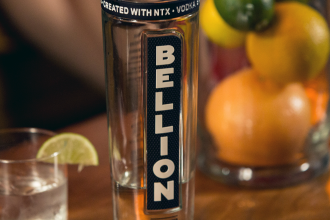Ruché (“roo-kay”) is not a varietal you’ll often see on a wine list, but that’s not because Italians are trying to keep it a secret — though we wouldn’t blame them if they were. The red wine grape is relatively rare, only now hitting shelves outside of its production zone, though it would still be a difficult task to find it outside of Italy.
Taking up residence in the Castagnole Monferrato commune in the Piedmont region in northern Italy, the wine’s origins continue to keep people guessing. It most likely comes from Haute-Savoy’s ancient vineyards, though others believe that a monk community worshipping Saint Roch (thus, the name) brought it over.
At the time, Ruché was a tricky grape. It was considerably more alcoholic than traditional reds — between 15 to 16 percent ABV — because it didn’t reach peak ripeness and tannins until the sugars were at their highest levels. Very few indigenous yeasts could survive in that type of environment, resulting in a strong, sweet wine. No one made, or knew how to make, an effort to change production methods, and it remained local.
Following World War II, many people were leaving their rural, agricultural professions for manufacturing jobs in larger cities. Those that did stay were producing large amounts of table wine, and certain varieties were becoming more popular worldwide. The likes of Barolo, Barbaresco and Barbera d’Asti became international players, and the sweet, hard-to-make Ruché would occasionally pop up for special occasions.
Then came the 1970s and Don Giacomo Cauda, the local pastor, who believed that even if the grape’s beginnings were murky, its future shouldn’t be. He was given 10 rows to grow on when he first arrived in the area, and saw an opportunity to help the local economy and capitalize on the unique terroir. Wanting a wine that paid unadulterated homage to the region, he sought to modernize the local vineyards and wine-producing techniques by using certain yeasts that could thrive in the alcohol, consuming the sugars for a balanced final product that lacked pretension.
His results paid off: now, a good Ruché will want to befriend you with fruity notes, low tannins, and best drunk young. Think more delicate, red berry undertones, bolstered by pepper and darker stone fruit. When serving, it fares best with Piedmont-inspired dishes, like truffles, tagliolini, aged cheeses and charcuterie.
With the help of young producers returning to their family vineyards, and mayor Don Giacomo Cauda, the vineyard was reinvigorated. By 1987, it had DOC certification, and obtained DOCG in 2010. Now, it’s starting to develop a following outside Monferrato, and even outside Italy’s borders.
Bonus: now you can brag for “discovering” Ruché when you introduce it at your next wine and cheese night.

